Archive for category fish
exLamprologus multifasciatus with Fry (video)
Posted by lasaquatics in cichlids, fish, shell-dwellers, videos on December 14, 2013
So I was sitting here minding my own business and starting off into space, being the far left corner of the multifasciatus tank, and lo and behold… what did I see?
Albino Bristlenose 2013-D
Posted by lasaquatics in ancistrus, catfish, pleco types on November 28, 2013
This time I decided to wait until I knew for sure that the eggs the male was guarding were actually hatched before I took them. I noticed the eggs a full six days ago, and can only account for the delayed hatching by cooler water temperature… or it could just be that I haven’t noticed previous clutches right away. In an effort to save time, I decided to take a picture and count the fry in a freeze-frame…. much easier. I counted 166… largest spawn this year.
Corydoras schultzei ‘black’
Posted by lasaquatics in catfish, corydoras, fish on November 24, 2013
exLamprologus multifasciatus (video)
Posted by lasaquatics in cichlids, fish, shell-dwellers, videos on November 22, 2013
Also known as ‘Lamprologus’ multifasciatus, or formerly as Neolamprologus multifasciatus, this tiny shell-dwelling cichlid from Lake Tanganyika in Africa is ideally suited for smaller aquariums, and does quite well even when crowded, as this is how it lives in nature. Filtration rated for a larger tank is important for this reason, and the intake should be covered with a sponge to prevent tiny fry from being sucked in.
Corydoras similis
Posted by lasaquatics in catfish, corydoras, fish on November 21, 2013
Farlowella vittata
Posted by lasaquatics in catfish, fish, other catfish on November 9, 2013
Farlowella vittata is a twig catfish from Venezuela and Colombia. It lives among plants and roots along the banks of flowing waters. Males guard the eggs while they incubate, and other females often come along to add to the brood. After hatching, the young use up their yolk sac quickly and then have a most voracious appetite. The #1 cause of loss of Farlowella fry is starvation. They need very soft vegetable-based food, and lots of it to survive. We have had the best luck with Repashy foods, which comes as a powder and is mixed with water to make a gel that can be cut into blocks that the fry can graze from all day.
Pseudotropheus demasoni
Posted by lasaquatics in cichlids, fish, lake malawi on November 9, 2013
Pseudotropheus demasoni is one of my favorite little dwarf mbuna from the Pombo Rocks in Lake Malawi in Africa. Males and females are nearly identical, though males tend to have slightly longer ventral fins and clearer egg spots. This fish is very active and highly aggressive. Best kept in large groups where aggression can be dispersed among many individuals.
Enigmatochromis lucanusi
Posted by lasaquatics in cichlids, fish, west africans on November 8, 2013
Formerly known as ‘Pelvicachromis’ sp. ‘blue fin’, this fish, which hails from Guinea, West Africa, was formally described in 2009 by our friend, Dr. Anton Lamboj as Enigmatochromis lucanusi, named after Oliver Lucanus, who brought the fish for the first time into the US in 2004.
We have this stunning pair housed temporarily in a 20 high with a small group of Xiphophorus alvarezi. They have not yet spawned to my knowledge, but we are looking forward to it!
exLamprologus multifasciatus
Posted by lasaquatics in cichlids, fish, shell-dwellers on November 7, 2013
Or ‘Lamprologus’ multifasciatus. Or We-used-to-call-it-Neolamprologus multifasciatus and then it was decided that because its labial ligament was ossified that it was not a Neolamp, but a Lamp… and then it was decided that Lamps were strictly riverine, and since this little shellie is from Lake Tanganyika proper, it belongs to a whole new genus that doesn’t really have a name so we’ll just put the Lamp part in quotes, or you can throw and ex in the front of it. Because THAT’s not confusing.
Anyway, this was my first African cichlid, and I recently reacquired a group of them and stowed them safely into a 20 long which I am heating to a cozy 78-80 degrees. They get newly hatched baby brine shrimp and premium tropical flake daily… and I’m hoping to see some babies soon!



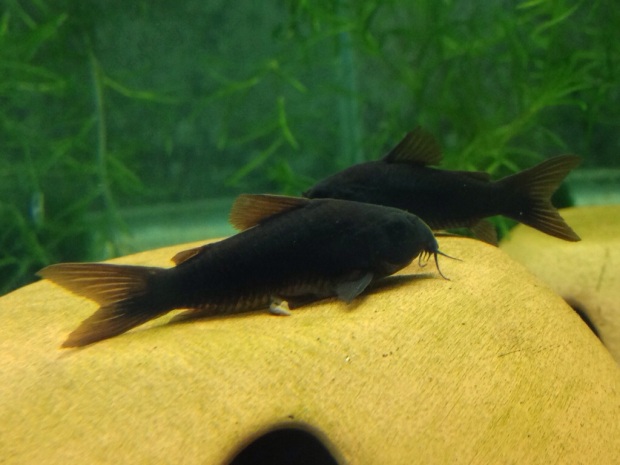
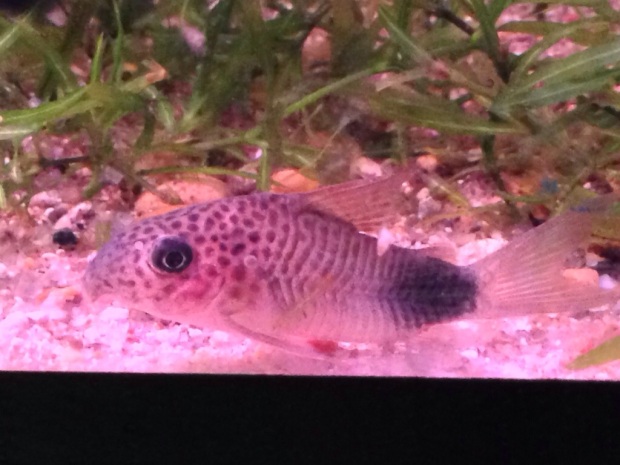








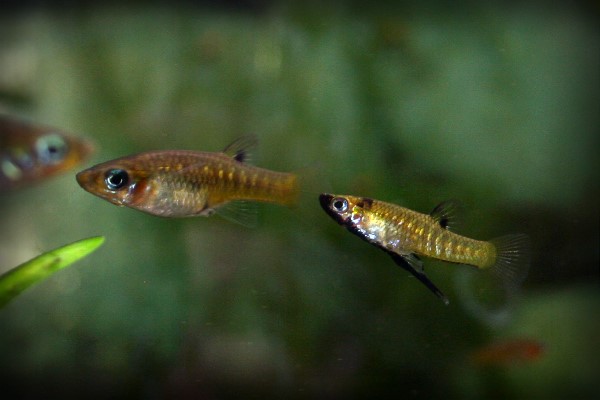


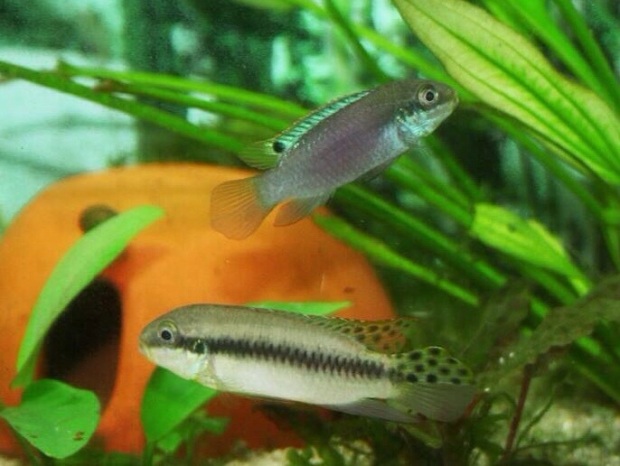
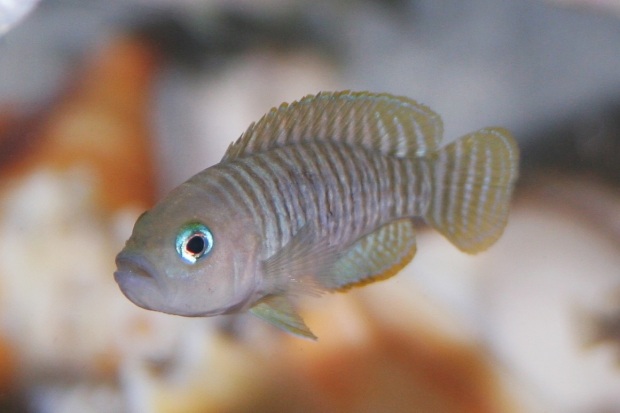
Recent Comments